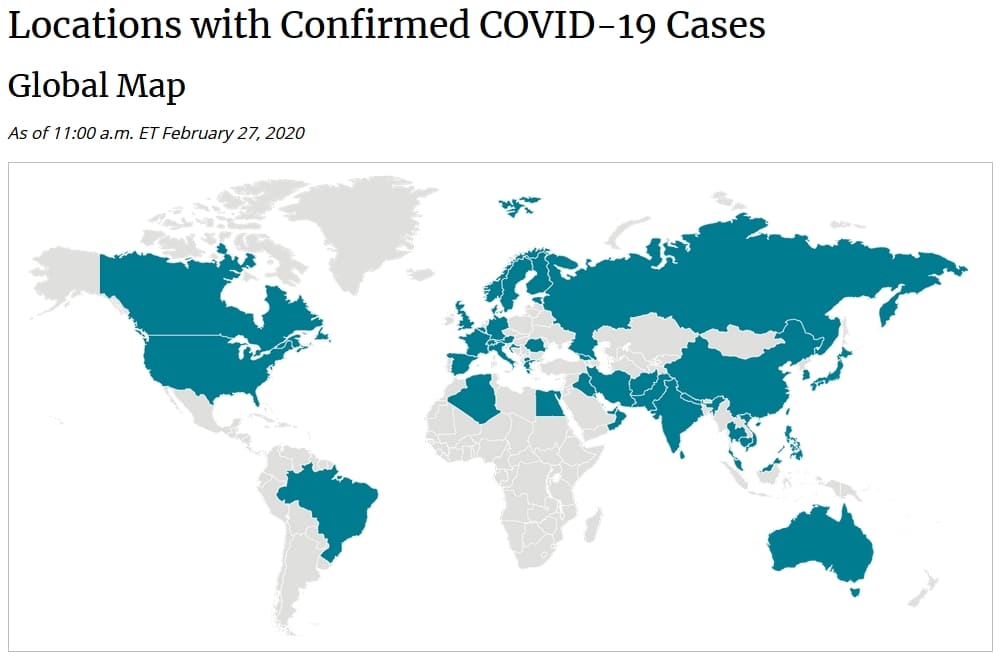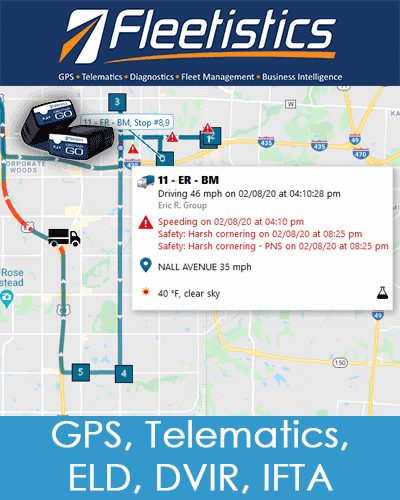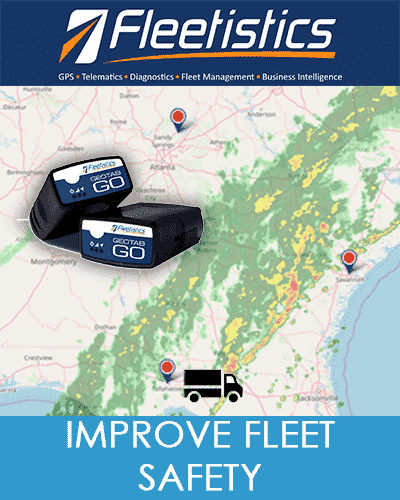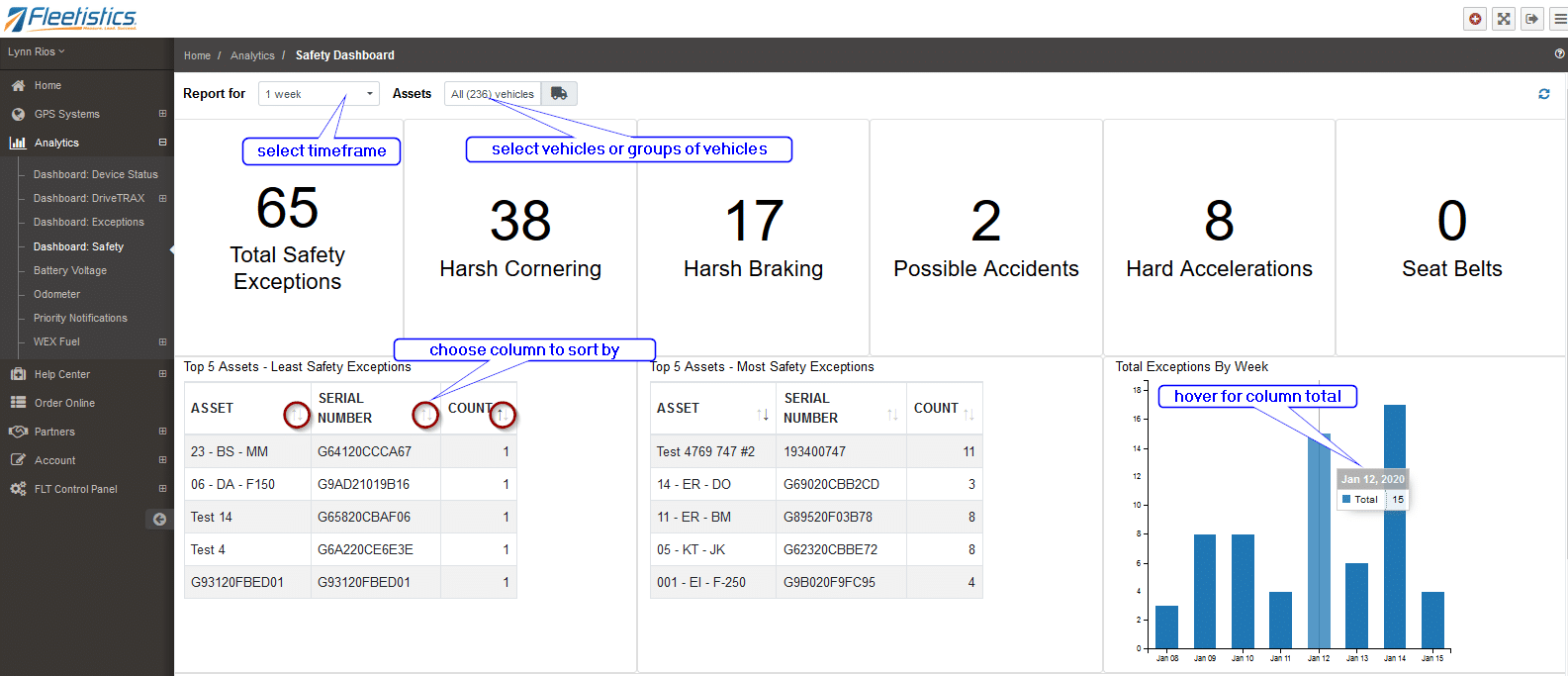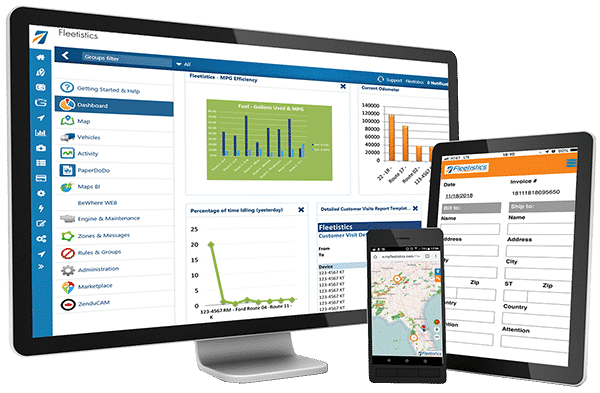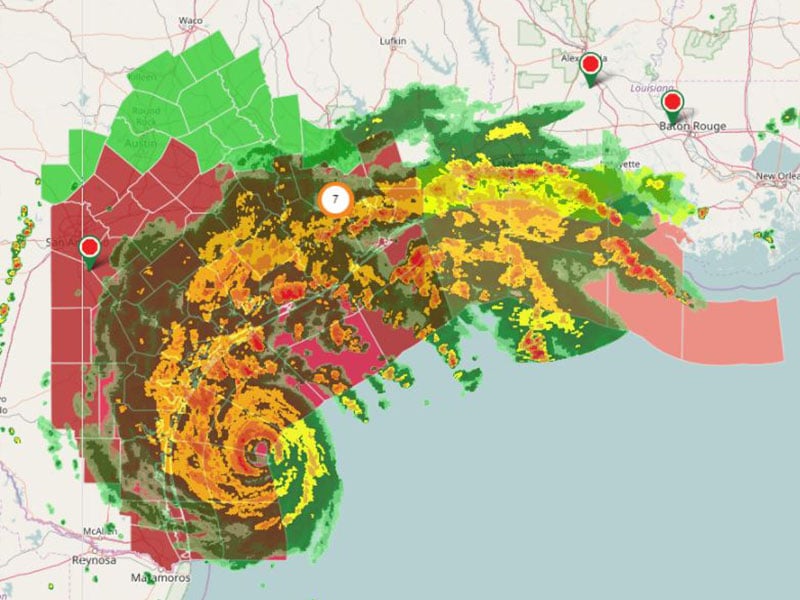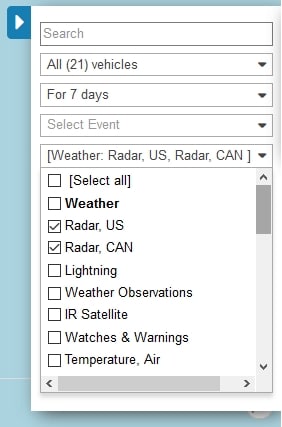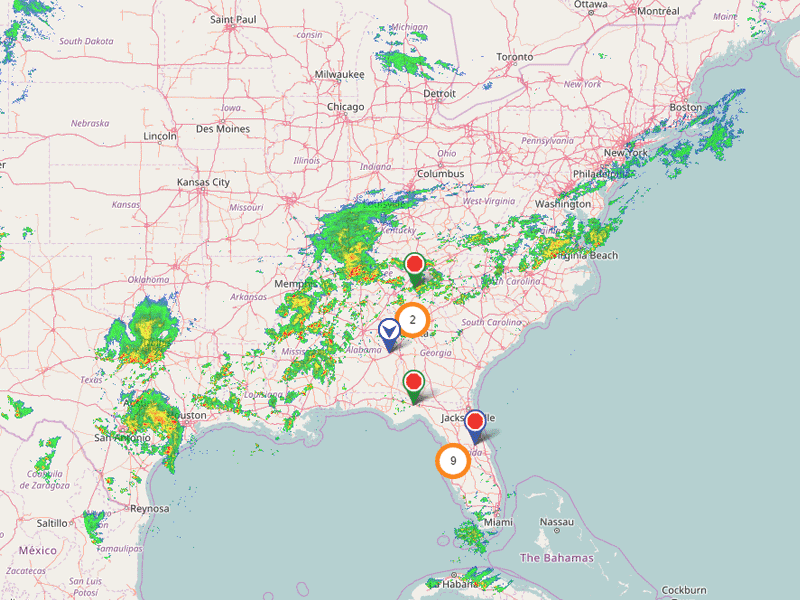Preparing Fleet Operations For The Coronavirus
Coronavirus Preparation
Experts are saying the Coronavirus is coming to America and there is little we can do to stop the spread. The good news is that it has proven to date to be less deadly than the flu by numbers but higher by percentage. The US has seen the impact on the Chinese, Italian and other economies and the impact is real; the stock market verified this. As the world’s largest economy, the United States will suffer directly as people and business slows due to infection and precautions taken and as a result of our trading partners taking measures to protect their countries.
Now is the time to get your business and fleet ready to battle the Coronavirus. There will eventually be a rush on basic supplies leaving some without. By stockpiling anti-viral supplies now, your business can remain operational longer due to healthier employees. Gloves and hand sanitizer are already in short supply.
Proactive Measures
The team at Fleetistics developed the list below of things you should be considering now.
- Meet to create an action plan
- Brief the organization and get feedback for more good ideas
- If a Coronavirus case is confirmed at your business, have an emergency plan to avoid taking it at home
- Make online sales calls vs in person
- Issue hand sanitizer to all employees and carry it in all vehicles
- Bring meals from home instead of eating out
- Avoid shaking hands or hugging
- In the field wear 1 set of gloves per customer and train people how to properly take them on and off and dispose of them
- Make bleach wipes readily available
- Take temperature each morning
- Do more teleconferencing and conference calls instead of meetings
- Be more understanding if someone wants to go to the doctor to be tested if they do not feel well
- Cancel social events
- Protect your mail room personnel from the Coronavirus on packages
- Increase cleaning in common areas
- In a worst-case scenario, implement a work from home plan using tools like Office 365
- Encourage employees to join a public safety network such as PubSafe to be prepared in the event public infrastructure is affected
- Establish a hand washing policy before entering the break room.
- Encourage people to eat outside in warm weather where the virus is less likely to survive
Coronavirus Facts
- If you have a runny nose and sputum, you have a common cold
- Coronavirus pneumonia is a dry cough with no runny nose.
- This new virus is not heat-resistant and will be killed by a temperature of just 26/27 degrees. It hates the Sun.
- If someone sneezes with it, it takes about 10 feet before it drops to the ground and is no longer airborne.
- If it drops on a metal surface it will live for at least 12 hours – so if you come into contact with any metal surface – wash your hands as soon as you can with a bacterial soap.
- On fabric it can survive for 6-12 hours. normal laundry detergent will kill it.
- Drinking warm water is effective for all viruses. Try not to drink liquids with ice.
- Wash your hands frequently as the virus can only live on your hands for 5-10 minutes, but – a lot can happen during that time – you can rub your eyes, pick your nose unwittingly and so on.
- You should also gargle as prevention. A simple solution of salt in warm water will suffice.
- Can’t emphasize enough – drink plenty of water!
Corona Virus Symptoms
- It will first infect the throat, so you’ll have a sore throat lasting 3/4 days.
- The virus then blends into a nasal fluid that enters the trachea and then the lungs, causing pneumonia. This takes about 5/6 days further.
- With the pneumonia comes high fever and difficulty in breathing.
- The nasal congestion is not like the normal kind. You feel like you’re drowning. It’s imperative you then seek immediate attention.


